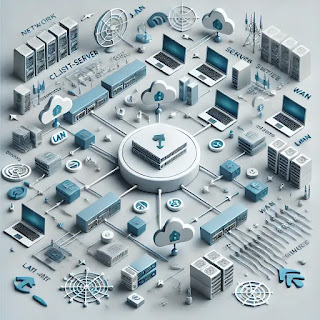Question: What Is Waterfall Project Management and Why Is It Important?

Waterfall project management is a traditional and linear approach where the project is divided into distinct, sequential phases. Each phase must be completed before moving on to the next, ensuring a structured and predictable process. The Waterfall methodology is often used in industries where project requirements are well understood and unlikely to change. It is favored for its clarity, documentation, and rigid structure, making it ideal for large, complex projects with clearly defined goals. Detailed Explanation 1. Key Phases in Waterfall Project Management Waterfall projects follow a series of defined phases, each of which has specific goals and deliverables. The key phases typically include: A. Requirement Gathering and Analysis In this phase, all project requirements are gathered, analyzed, and documented. The goal is to fully understand the project’s scope, objectives, and deliverables before moving forward. This is critical because changes to the requirements after this p...

,%20continuous%20delivery%20(CD),%20infrastructure%20as%20cod.webp)
